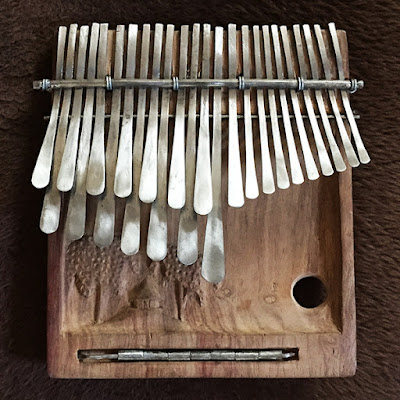According to Jozef Clifford Behr, "Numerous research carried out over the years by educationists and neurophysiologists have demonstrated that music has a substantial impact on the cognitive and psychophysical development of humans—especially youngsters."
It is thought that exposure to music, particularly when children are toddlers or even before they are born, has a profound effect on the cerebral cortex area. It develops neural connections in the brain that help people comprehend language and the outside world more quickly and easily.
Consider how playing musical instruments will affect a pupil if merely listening to music has such a profound effect. As outlined by Jozef Behr, learning music in school has a number of advantages for students.
1: Easy Language Development
School music programs serve to strengthen and stimulate language development since music is so intimately tied to our everyday speech and communication. Because the region of the brain that supports language and learning also supports music, it is easy to see why music, learning, and languages are so tightly related. Jozef Behr also explains that music helps students improve their reading skills.
2: Breaks Boredom
Music courses are a terrific method to break up class boredom. It allows students to relax and take a break from their lectures.
3: Aids in Stress Reduction
Students are people just like us. They may become stressed as a result of a variety of factors such as student competition to remain at the top of the class, fluctuating grades, or exam preparations. This can be emotionally and physically exhausting. Music programs in schools might assist students minimize stress and despair, hence avoiding physical health problems. Jozef Clifford Behr insist pupil to encourage Music sessions in schools, to get relaxation by synchronizing with the beats, allowing them to concentrate on their studies.
4: Encourages Original Thought
All of the greatest bands in the world have one thing in common: they all met while attending colleges or other educational institutions, discovered they shared interests, and started musical acts. That is how effective music is. It encourages kids to think creatively. For pupils, it's stimulating and intriguing. They benefit from innovation both personally and professionally, as well as in the realm of science and technology. Additionally, they possess the ability to resolve common issues, both personally and professionally.
5: Sharpen Memory
Everybody has a favorite song they can always recall, and certain songs or melodies stick in our thoughts for a very long period, triggering memories of the events they were involved with. This demonstrates how effective music is in improving our memory. Music is extremely important since it aids with memory recall. Music helps pupils improve their memory and retain information.

